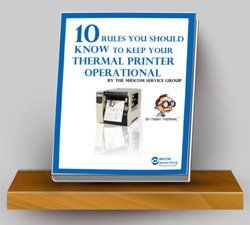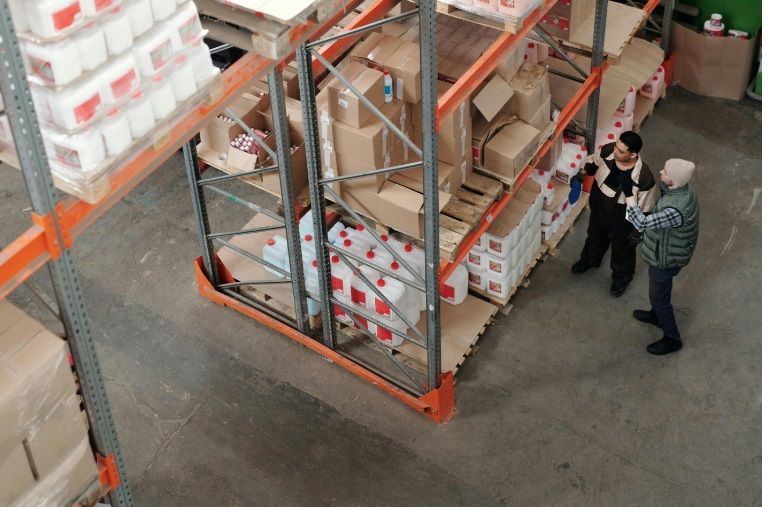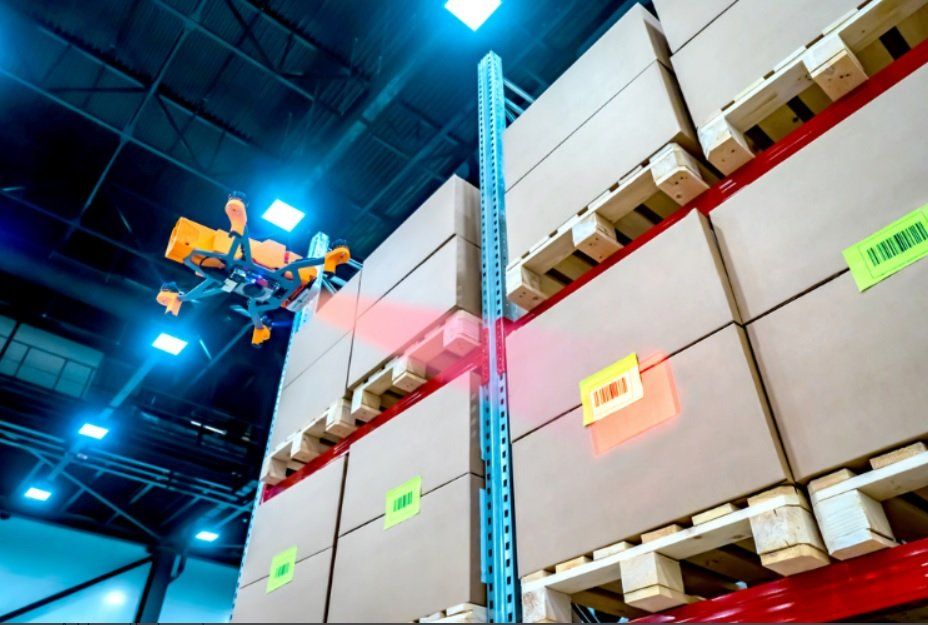Do You Know the Fundamentals Of High-Security ID Cards?
Below is a quick little overview about the fundamentals of high-quality and high-security ID cards and how to choose the right print technology to match your specific needs.
First ask yourself what are my security needs? What are my identification needs? More specifically:
- Type of card required?
- Quantity of cards to print?
- Frequency of need?
- What printing and encoded features need to be on the card?
- Quality level of the images required?
Security options to prevent counterfeiting, alterations and duplication:
Durable, quality cards
- card stock should be 10x the flex life of regular PVC cards
- meet or exceed all international standards for resistance to cracking, permanent adhesion of over-laminate and durability of image
- offer unique tear-resistant designs
- fully integrated hot roll laminate application
Multiple security features
- use of multiple screening of security image
- holograms
- unique graphic identifiers (colour coding to identify particular users/or access levels)
- pre-printed security features on card stock – ultraviolet-visible text and graphics
- fine-line Guilloche patters
- micro-printing
- pre-printed serial numbers
- laser etching
5 major factors to consider when selecting the right printer and the right technology to best suit your application:
1. Card size required – standard CR-80 or custom; thickness can range from 10 to 60 mil
2. Print speeds required – depends on the type of application (on-premise/on-demand, mass duplication or custom one-offs)
3. Printer size and noise level when printing – needs to match your location
4. Ease of use – straightforward
for all users
5. Types of printing options:
Thermal Transfer – colour is transferred from a single-use ribbon to various kinds of card materials - used for majority of photo id cards
Dye Sublimation – YMC (yellow, magenta, cyan) dyes are combined in varying proportions depending on amount of heat applied by the print head to print photo-quality images
Mass Transfer – (black resin printing) – resin is stripped from the backing and deposited on the card – providing sharp text and graphics plus infrared readable barcodes
DTC (Direct-to-Card) – heat is used to transfer digitalized image from ribbon onto card but it must be uniform and close contact between the print head, ribbon and card material – so there are limited card options available for this method
Retransfer – hi-res image is printed in reverse directly onto a clear receiving layer carried by a flexible intermediate film, and then the image and the film are thermally transferred onto the card surface, causing the layer to be thermally bonded to the card surface with the printing image underneath the clear image-receiving layer inside the card - allows for additional security through use of holographic images and optical variable ink
For further information on card printer repair options, call us as (800) 643-2664 and immediately talk to one of our friendly representatives; or chat us up on Facebook , Twitter , Google+ and LinkedIn !
Keep your thermal printer running! Download our FREE eBook Now!
click here













